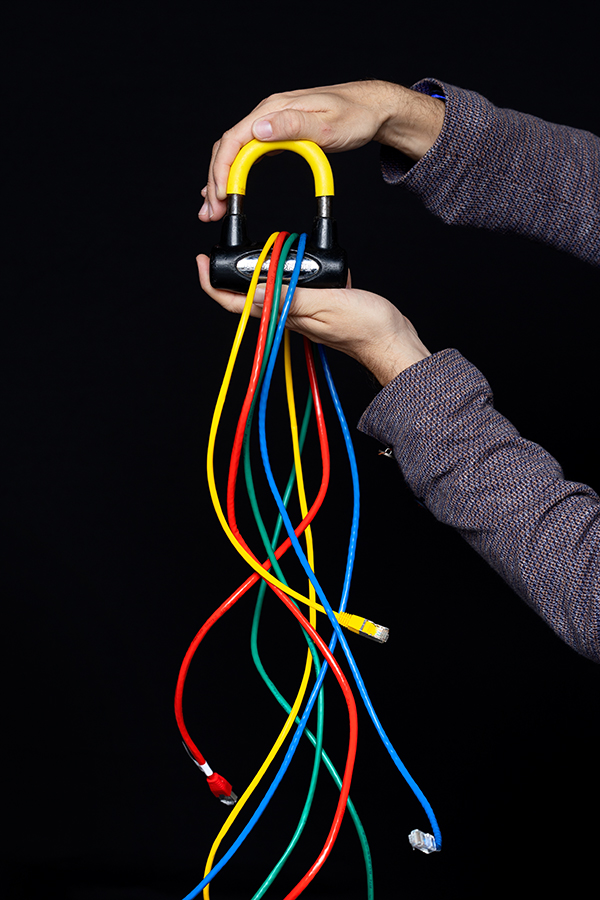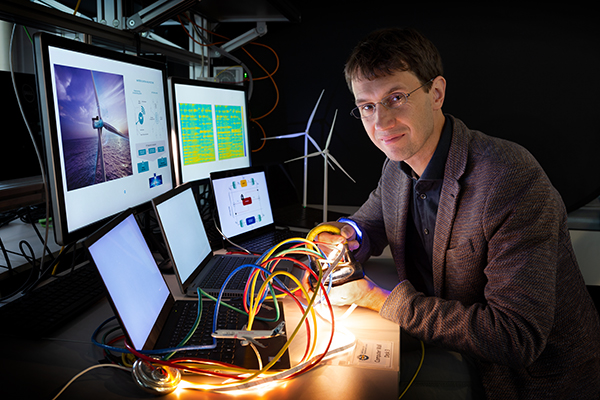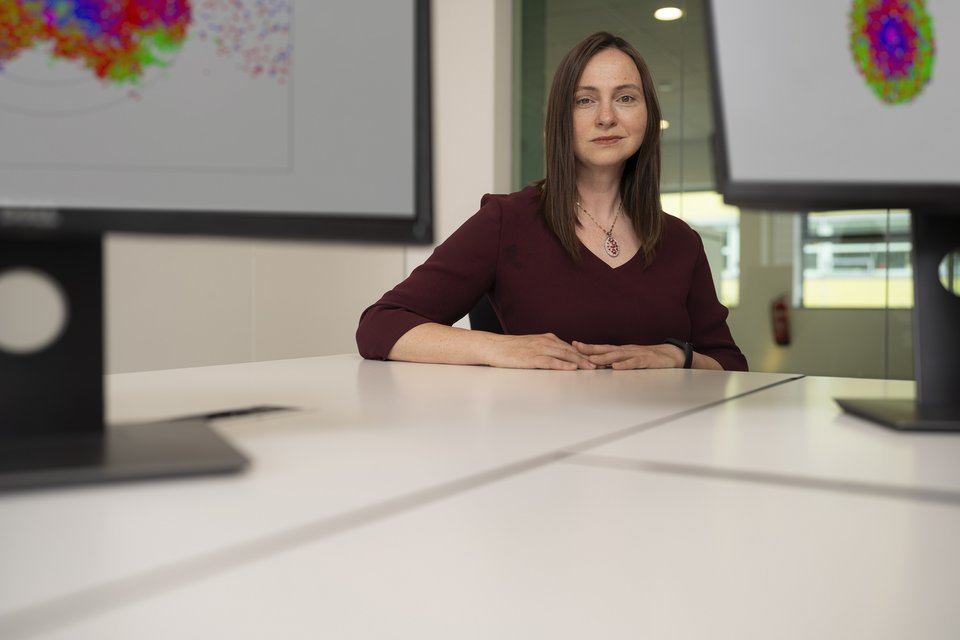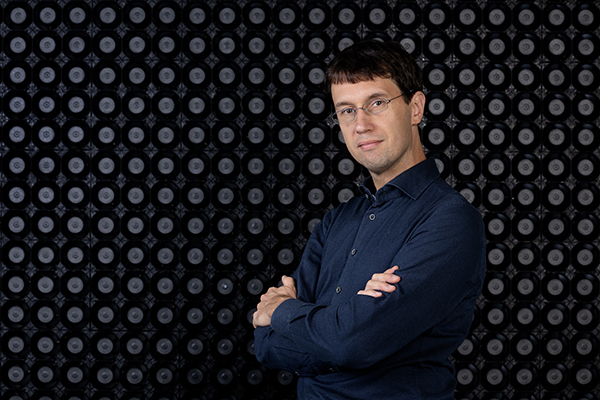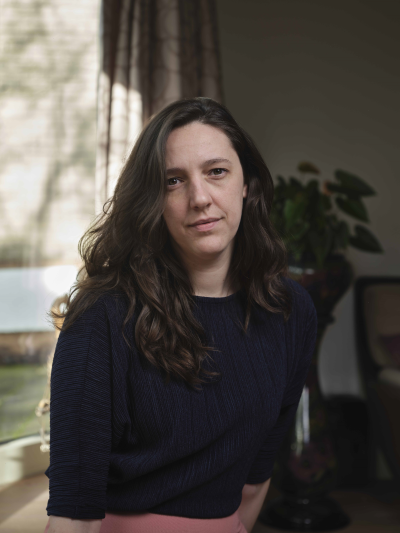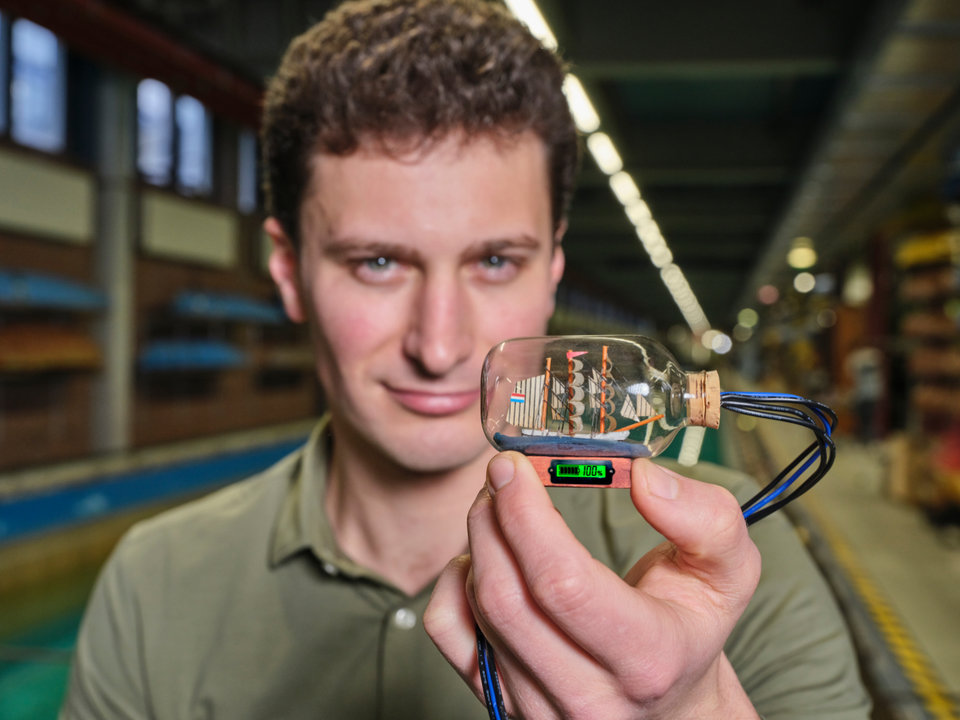From home-heating to power plants, it is control systems that ensure the proper, or even optimal, operation of any physical system that must respond to unpredictable conditions. By adding so-called physics-inspired AI, Riccardo Ferrari believes these control systems can also help provide a next-level defence against malicious, sophisticated cyber-attacks.
Part of control systems ensuring proper operation is that they are designed to protect dynamical systems from unintentional errors such as system faults and physical degradation phenomena. But connecting ever more of these systems to the internet for remote operation, thereby creating cyber-physical systems, has added cybersecurity to the list of worries. This is especially relevant for large infrastructural cyber-physical systems – such as dikes and powerplants – that can unhinge society when compromised.
“Nowadays, with state actors engaging in cyber-attacks, it no longer suffices to prevent unauthorised access to control systems, or to monitor for unexpected communication patterns between devices,” says Riccardo Ferrari, associate professor in Fault Tolerant Control at the Delft Center for Systems and Control. “Think of the Stuxnet virus that fed false data to Iranian ultra-centrifuges while secretly making them spin too fast or too slow. I believe that physics-inspired AI can make the difference as the laws of physics never lie.”
Physics and watermarking
The physics-based cybersecurity defence that Ferrari is working on consists of two layers. The first is to build control algorithms that employ physics-based models of the system. “This model will check whether what is being reported by sensors in the system makes sense from a physics perspective,” Ferrari says. “It will also tell us exactly what is going wrong. One sensor may, for example, signal that the water from a reservoir is dumped and another that the level is rising.”
Very sophisticated cyber-attacks, however, can compromise multiple sensors thereby giving the impression that the system is still operating normally. The second layer consists of adding a watermark – a tiny modification – to any signal being transmitted. “Removing the watermark just before the signal is used for monitoring or steering ensures proper system operation,” Ferrari says. “Having the watermark evolve over time in a way that only the system operators know allows us to catch sophisticated cyber-attacks – such as those using seemingly credible sensor data generated by a computer model or genuine data recorded in the past.”
Real-time operation
What sets cyber-physical systems apart from protecting computers against cyber-attacks is the prerequisite of real-time operation: a delay of only a few milliseconds can make all the difference in, say, landing an airplane or operating a nuclear powerplant. “Any defensive measures, therefore, should not come at the cost of system operational response time. Watermarking for control systems had been previously suggested, but we have now developed an implementation that does not affect performance.” A related research focus of Ferrari is developing end-to-end encryption schemes with a much-reduced computational load, thereby allowing secure control at sufficiently high update rates.
His research is widely applicable, and especially relevant for large infrastructural cyber-physical systems. “I specialise in wind farms, as the Netherlands will build many of these in its coastal waters. They will be remotely operated through a cable, which can potentially be compromised. Cyber attackers can then try to overload the power grid, or reduce the useful lifetime of the wind turbines by altering their operational parameters.”
AI to build the model
The idea of using a physics-based model as a foundation for detecting accidental physical issues as well as cyber-attacks obviously comes with the challenge of having such a model. And whereas operation of a single wind turbine can be modelled mathematically quite accurately, this doesn’t hold true for wind farms where the interaction between the wind flow and all the turbines, the so-called wake, is an elusive quantity to compute.
“Developing an accurate physics model from first principles can be costly,” Ferrari says. “But we found out that you can teach certain neural networks to represent the state of degradation of, for instance, batteries used in electrical vehicles. We are now looking into extending this to modelling various cyber-physical systems as a foundation for detecting anomalies.”
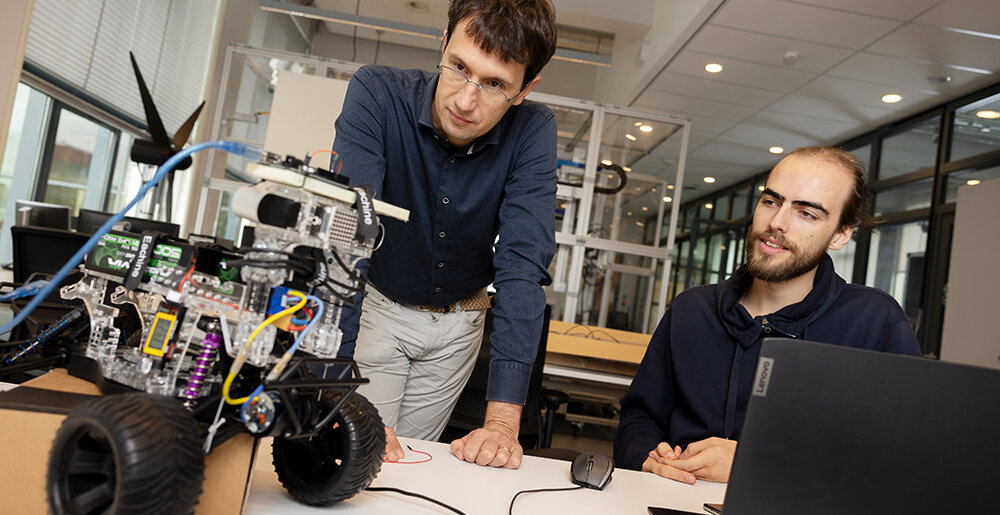
Education is key
He recently started a project in which master students from computer science need to use AI, and loads of data, to model an entire wind farm. “It is very valuable to have them branch out into physics and mechanical engineering as the security of cyber-physical systems requires the involvement of various disciplines.” He also encourages any TU Delft engineer to partake in his elective course on Fault Diagnosis and Fault Tolerant Control, which includes cybersecurity. “There simply is a huge shortage in engineers that can design control systems for critical applications, where failures or cyber-attacks can have catastrophic effects.”
One step ahead
As much as Ferrari enjoys developing novel control system theories and algorithms, he also wants them to be applied. “European projects that we and wind farm operators are part of provide us with valuable data,” he says. “We use these data to run many computer simulations, and we even have small-scale wind turbines in our laboratory. But it would be even better to test our developments in a real wind farm.”
Interestingly enough, a successful real-life implementation of his physics-based anomaly detection approach would mean that nothing bad happens to that vital infrastructure. It is why control systems are dubbed the invisible technology. But while the laws of physics can’t be bent, thereby providing strong(er) protection, some cyber-attacker will eventually be able to circumvent it. “We need more smart people, with new ideas. We can’t afford to fall behind.”

